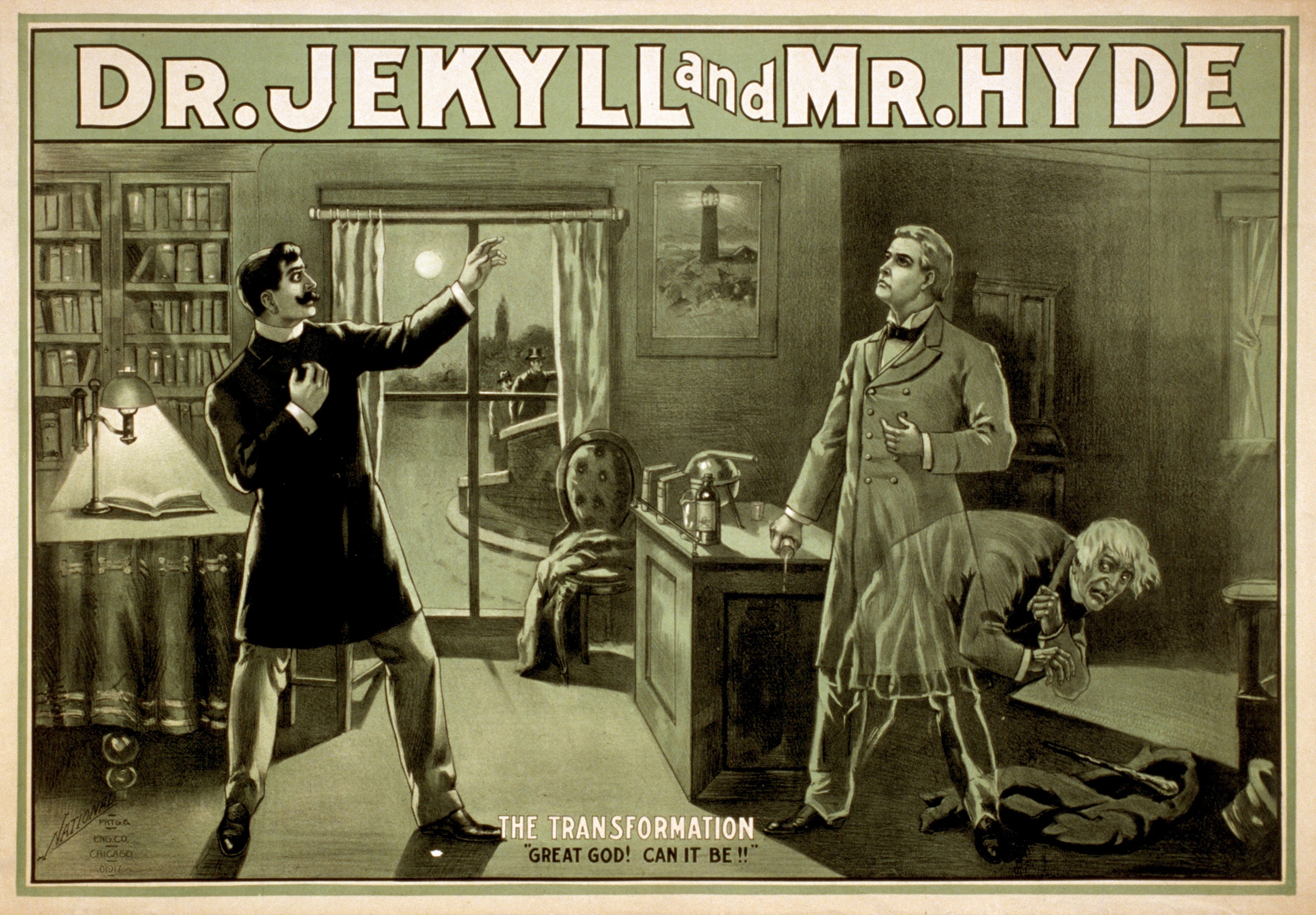
I’ve been reading a new (to me) blog this week, written by a person with multiple chronic debilitating conditions.
This post, in particular, struck a chord.
So few people understand how isolating a chronic illness or other disability can be – especially if it includes severe allergic reactions to “everyday” substances like fragrances, chemicals, dust, dander, mold, pollen, or food.
As a disabled person’s world shrinks, their social network, family, and close friends becomes ever more important, if they are so fortunate as to have any or all of these. In the author’s words:
Having our basic needs met makes the difference between living well with pain and illness and merely existing.
I am very grateful for all that Spousal Unit does for me, even on the days when I feel too awful to express my gratitude or affection.
I still fight, many days, to live well rather than merely existing. Without Spousal Unit’s care and assistance, I’m not sure how long I would even continue to exist – basic needs like grocery shopping, cooking, cleaning, or getting to doctor’s appointments are often just too difficult to accomplish by myself.
Who do you know that might be isolated? Falling through the cracks? Barely keeping their head above water, or a roof over their head? How can you help?
A text, an email, a call, a card, a visit – all mean the world to someone who’s “shut in” and isolated.
A ride to the grocery store, or to a doctor’s appointment, could mean the difference between living well and not eating nutritious meals or not getting necessary healthcare.
Offer to pick up something from the drug store, or grocery store, or a restaurant for them. Or give them a gift card for Wal-Mart or Amazon or someone else who delivers goods they need to their door.
It’s too easy to become too busy and not make the time to help others. You can’t do it all, but try to find ways to help someone else who can barely do anything. It might mean the difference to them between living well, merely existing, or ceasing to exist at all.




